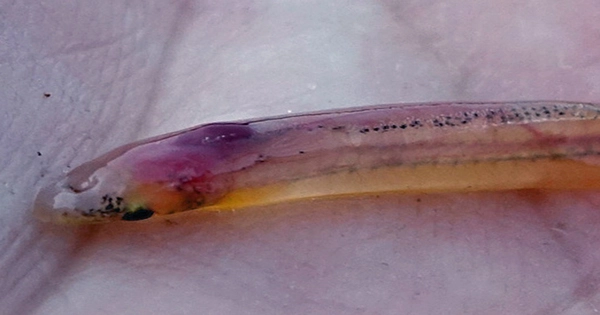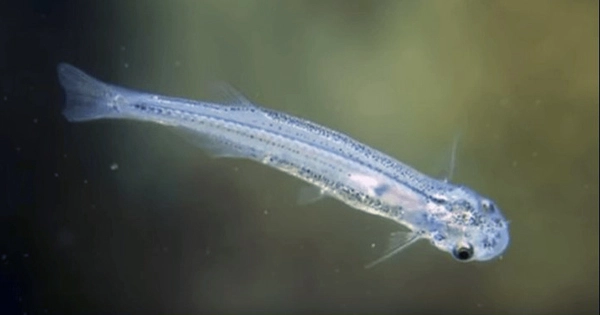Given the legend surrounding the candiru, you’d assume there would be a lot of incidents of the fish entering a human body in some way. In reality, there are few — and only one reported example from the current age. The biologist Paul Le Cointe wrote of a candiru being trapped in human genitalia in 1891, but it didn’t entail the small fish moving up a pee stream to enter a penis. In reality, the candiru was found caught in a woman’s vaginal canal and removed without any dramatic intervention, much as a whole 100% of early recorded cases – genuinely observed by the recorder, not “a friend of a friend heard” stories.
In reality, just one example of a candiru being lodged in a male urethra has ever been documented, and it occurred in 1997. The victim, a 23-year-old man from Itacoatiara, Brazil, claimed that the fish had leaped from the river into his penis while he was urinating, which is impossible, as we all know. A case report states, “He recounted trying to get hold of the fish, but it was quite slippery, and it made its way inside with startling rapidity.” “The sphincter dividing the penile urethra from the bulbar urethra stopped the candir from moving forward. The fish had performed a lateral turn and bitten through the tissue into the corpus spongiosum, producing an entrance into the scrotum with the channel obstructed.”

The fish had apparently died by the time the poor man arrived at the hospital. The fish’s spines had relaxed post-mortem, allowing it to be removed the same way it went in rather than requiring surgery through the perineum; on the other hand, the case report noted that the fish was too decayed to determine its species, which sounds even worse than it being there in the first place. Is this, however, proof that candiru can and does target the urethra? Some individuals — we’re talking about the specialists and scientists who are supposed to know these things – aren’t so sure.
Bauer remarked, “There is a temptation to cling to the one well-publicized instance from Brazil.” “Unfortunately, there are just too many discrepancies and anomalies in this case to trust it, such as the victim’s claim that the fish sprang out of the water and ascended the urine column.” Furthermore, when marine researcher Stephen Spotte researched the case in 1999, he discovered other discrepancies that cast even more doubt on the narrative.
For one reason, the fish was characterized as “134 millimeters (512 inches) [long], with a head width of 11.5 millimeters (7/16 inches)” in the case report and images, which is significantly larger than a typical urethra. Remember how the fish “made a lateral turn and chewed through the tissue into the… scrotum,” according to the case report? That doesn’t add up, according to Spotte: candiru teeth aren’t powerful enough to eat through the wall of a urethra. We’re basically arguing that there’s cause to be wary.
















